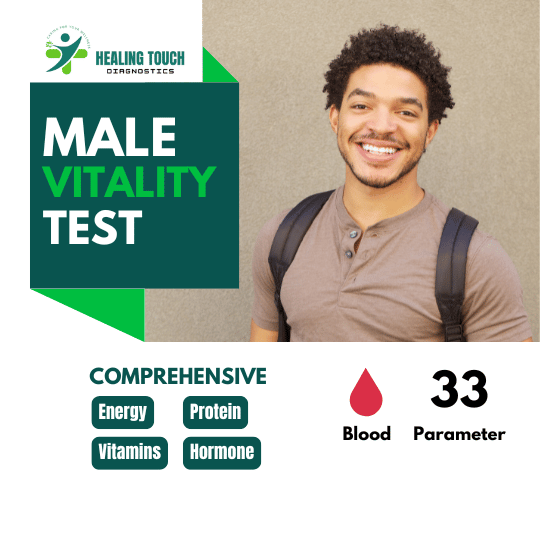10% Off On Follow Up Tests Or For More Than 2 Tests
Blood
At-Home
36 To 48 Hours
None
Don’t Take Biotin Supplements 12 Hours Before The Test
18+ Years, Diagnosing & Monitoring Osteoporosis
Processed At Metropolis NABL Lab

About the Osteoporosis Monitoring test
Purpose: Monitor bone health, arthritis, osteoporosis, osteopenia related conditions
Osteoporosis is a serious medical condition that causes your bones to become weaker over time. They become more brittle with external stresses, such as falls or bending, causing fractures. If you have osteoporosis then your risk of serious injury rises, with potential long-term damage in the hip, wrist, and spine regions.
While your bones are living tissues with their own blood vessels, cells, and minerals, they experience breaking down and replacement at the micro-level. The condition of osteoporosis develops when loss of old bone material isn’t replaced by the creation of new bone. Bone loss occurs at a much faster rate when compared to the national average within the age group, impacting wellbeing, lifespan, and health.
Test Markers
Beta 2 Crosslaps (Bone Loss Marker)
Beta-CTx is released into the bloodstream during bone resorption and serves as a specific marker for the degradation of mature type I collagen.
Why is this important
Elevated levels indicate increased bone loss and are associated with osteoporosis, osteopenia, paget disease, hyperthyroidism, and hyperparathyroidism.
P1Np (Bone Formation Marker)
When bone tissue is renewed, small fragments of the new collagen are found in the bloodstream, including P1NP. The higher the P1NP level in the blood, the more bone formation is taking place.
Why is this important
Its a direct marker for bone formation and helps in measuring the intervention efficacy
Who should do this test
- People who have symptoms of back and joint pain
- Women who are post menopausal
- People with a family history or fracture or arthritis
- Individuals who have been advised by their physician
 Comprehensive Test Range
Comprehensive Test Range
 State-of-the-Art Facilities
State-of-the-Art Facilities
 Easy Slot Booking
Easy Slot Booking
 Quick Results
Quick Results
















































































